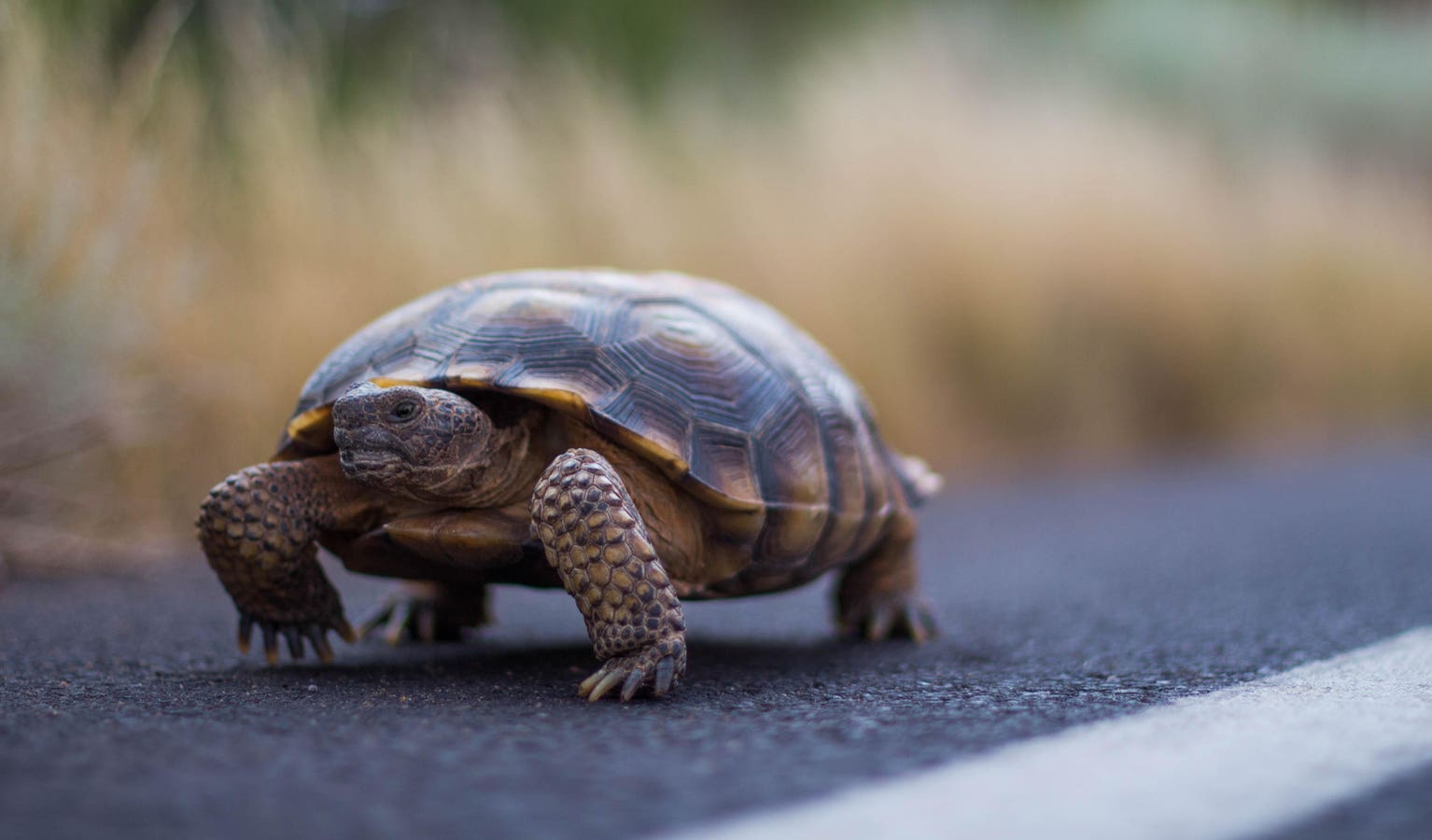Using the internet to untangle the messy world of animal superlatives (fastest animal, strongest … More
Ask Google what the fastest snake in the world is and you’ll likely get an answer that looks something like this:
The sidewinder rattlesnake is generally considered the fastest snake in the world, reaching speeds of up to 18 mph. The black mamba and the eastern brown snake are also very fast, reaching speeds of 12 mph.
This is incorrect, for a reason I’ll explain in a minute.
Ask ChatGPT the same thing and you’ll get a better answer, but still not the correct one:
The fastest snake in the world is the black mamba (Dendroaspis polylepis).
Key Facts:
- Top speed: Up to 12 mph (19 km/h) on land.
- Location: Native to sub-Saharan Africa.
- Length: Can grow up to 14 feet (4.3 meters), though 8–10 feet is more typical.
- Venom: Extremely potent neurotoxic venom; one of the deadliest snakes in the world.
- Behavior: Despite its fearsome reputation, it usually avoids humans and will only attack if cornered.
While many snakes are excellent at striking quickly, the black mamba holds the record for sustained land speed.
Neither of these answers are correct. But, if I were to put my money on the black mamba or the sidewinder in a hypothetical snake race, I’d wager on the black mamba. Simply put, the kinematics of sidewinding motion are not optimized for speed, as explained in a recent paper published in the Journal of Experimental Biology. Biomechanical research clocks the sidewinder topping out at around 2.2 mph on the ground. Thus, the average person at a normal walking pace would have no issue steering clear of this venomous species.
The black mamba is considerably faster, but still would be no match for the world’s fastest snake – or, fastest group of snakes, I should say – which rely on a completely different method of locomotion: gliding.
There are five species of gliding snakes in the world, all belonging to the genus Chrysopelea. Here’s an overview of each.
Paradise Flying Snake
The paradise flying snake, shown here, can reach aerial speeds of up to 25 mph while gliding.
The paradise flying snake (Chrysopelea paradisi) is a master of aerial locomotion. Native to Southeast Asia, this snake can launch itself from treetops and flatten its body into a wing-like shape, allowing it to “fly” through the air for distances of up to 100 feet or more. While its ground speed isn’t particularly impressive, what makes this snake remarkable is its ability to move faster through the air than any snake can on the ground. Its gliding motion can reach speeds up to 25 mph depending on launch height and body size, according to research published in the Journal of Experimental Biology. In addition to flattening its body, the snake enhances its gliding performance by performing lateral undulations in midair, a behavior often described as “swimming through the air.”
Golden Flying Snake
Gliding snakes, like the golden flying snake shown here, are among the most visually striking snakes … More
The golden flying snake (Chrysopelea ornata) is another skilled glider, though slightly less proficient than its close relative, the paradise flying snake. Found across much of southern Asia, the golden flying snake shares similar flying mechanics: it flattens its ribs and forms a concave shape to create lift. It’s often seen leaping from the treetops in search of prey or to escape predators. Studies show it’s capable of adjusting its trajectory mid-flight, allowing for agile, controlled movement that rivals the ability of other gliding animals such as gliding squirrels and lizards. In one of the first experimental studies on Chrysopelea gliding, researchers observed a golden flying snake launch from a 135-foot (41-meter) tower, execute a 180-degree turn, and land back on the same structure.
Banded Flying Snake
Illustration of a flying snake in mid-air, showing a cross-section of its body flattened into a … More
The banded flying snake (Chrysopelea pelias) is another forest-dwelling species found across Southeast Asia, from southern Thailand to Java and eastward to Borneo. Like its relatives, it displays remarkable aerial agility, though its gliding performance remains relatively understudied. It typically measures under 3 feet (1 meter) in length. As with all Chrysopelea species, it is a mildly venomous colubrid, using rear fangs to deliver venom that poses little threat to humans – unlike front-fanged species such as the aforementioned black mamba or sidewinder rattlesnake, whose venom is far more potent.
Moluccan Flying Snake
Endemic to Sulawesi and the Molucca Islands of Indonesia, the Moluccan flying snake (Chrysopelea rhodopleuron) is one of the lesser-studied members of its genus. However, its anatomy suggests it shares the same gliding adaptations, and anecdotal field reports indicate it is also an adept aerial traveler. Like its relatives, it is likely an active, arboreal, daytime hunter of lizards and other small vertebrates – capable of gliding through the air in pursuit of prey or to evade predators at speeds that would be impossible to achieve on the ground. Evolutionarily, it is one of the oldest members of the genus, with genetic estimates suggesting it diverged from its relatives around 20 million years ago.
A gliding snake (Chrysopelea) in action, showcasing its unique aerial locomotion.
Sri Lankan Flying Snake
The Sri Lankan flying snake (Chrysopelea taprobanica) is found only in Sri Lanka and southern India, where it overlaps with its more widespread relative, the golden flying snake. Described in 1943, it is the most recently recognized member of the genus, and little is known about it beyond its distribution. To date, its gliding abilities remain unstudied.
Are you an animal lover who owns a pet, perhaps even a pet snake (the non-flying kind)? Take the science-backed Pet Personality Test to know how well you know your little friend.








